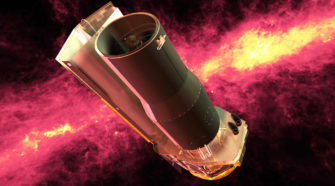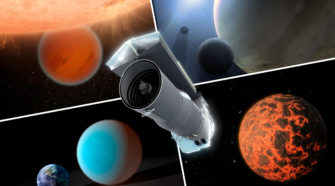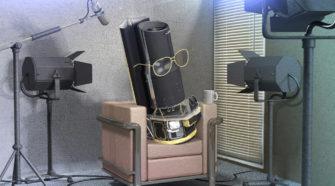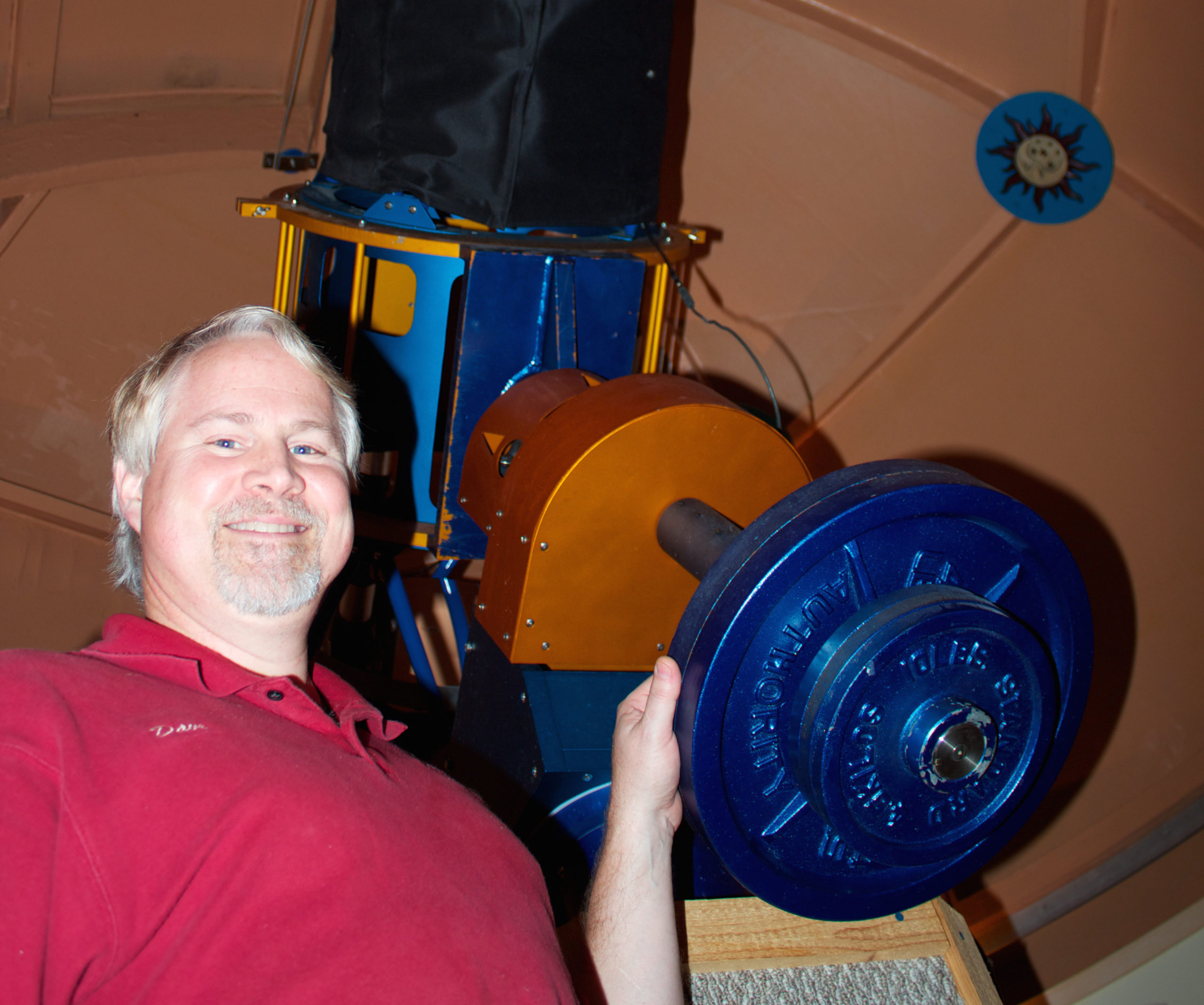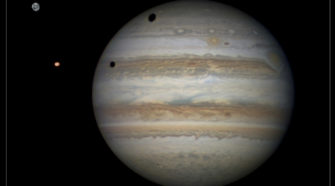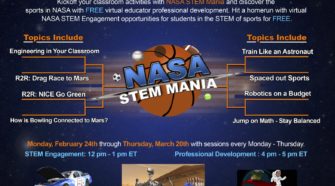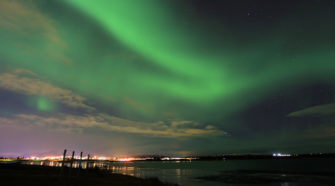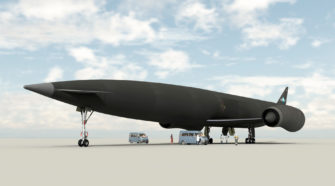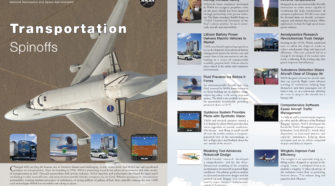Education
The Spitzer Space Telescope: 10 years of viewing the Universe’s dark side
More than ten years have now passed since NASA’s fourth “Great Observatory” – the Space Infrared Telescope Facility (SIRFT) – was boosted into orbit from Cape Canaveral Air Force Station, Fla., atop a Delta II rocket. It was intended to complement is three older siblings, the Hubble Space Telescope, the Compton Gamma Ray Observatory and …
How engineers revamped Spitzer to probe exoplanets
Passing its 10th anniversary, NASA’s Spitzer Space Telescope has evolved into a premier observatory for an endeavor not envisioned in its original design: the study of worlds around other stars, called exoplanets. While the engineers and scientists who built Spitzer did not have this goal in mind, their visionary work made this unexpected capability possible. …
Spitzer: Not a politician; Not a carbonated beverage
Most blog readers are no doubt familiar with the world of space telescopes. But have you ever gone to your friends and asked them what comes to mind when they hear the word “Spitzer?” Chances are, they will ask if you are referring to a certain politician… Or maybe a carbonated beverage. Now is the …
David Hearn takes outreach to new level with Kissimmee Park Observatory
Public outreach is an oft used and abused term nowadays, but I find it the wrong label for astronomy. In Astronomy we are reaching out for the stars! What is really meant in this context is knowledge sharing and encouraging people to raise their eyes to the stars. I found it somewhat depressing that a …
Jupiter: The Gas Giant
Of all the planets that orbit around our Sun there are two that are easily visible and are fascinating objects to view. These are, of course, Saturn and Jupiter. Of these Jupiter is prominent in our night skies at the moment. At magnitude -2.06 it is the third brightest thing in the sky after the …
NASA launches STEM-in-sports online learning program
Teachers and students can learn the science behind scoring a touchdown, throwing a slam-dunk or a hitting a homerun with a new distance-learning program called NASA STEM Mania. NASA’s Distance Learning Network (DLN) will present the two-week series Monday, Feb. 24, through Monday, March 10, and will give educators and students from kindergarten through 12th …
Free space systems engineering course starts March 3
Space Systems Engineering, a new massive open online course or MOOC from NASA and the Saylor Foundation, launches on Monday, March 3, 2014. The six-week, general-audience course is available to the public at no cost and provides a unique opportunity to learn from NASA engineers. Students who participate can earn a free certificate. The Space …
The Auroras of Planet Earth
Nature has an uncanny knack of producing some of the most spectacular astronomical events we can witness, the likes of Solar eclipses, meteor showers and other phenomenon that never fail to impress. There is one event however, that once you witness it, it will be burnt into your memory and will stay with you for …
It’s a bird! It’s a plane! No…it’s a spaceplane!
Vocabulary • Latitude: The number of degrees north (or south) from the equator. • Orbital Altitude: The height above Mean Sea Level of an orbiting spacecraft. • Orbital Inclination: The angle that an orbit makes as it crosses the equator. Narrative Across the pond is an innovative rocket company that toils away in relative obscurity …
NASA Spinoffs for transportation
Charged with carrying the human race to frontiers distant and challenging, it only makes sense that NASA has had a profound impact on transportation. Since its founding in 1958, NASA’s pioneering research has advanced aeronautics and other modes of transportation as well. Through partnerships with private industry, NASA expertise and technologies developed for space travel are leading to …

